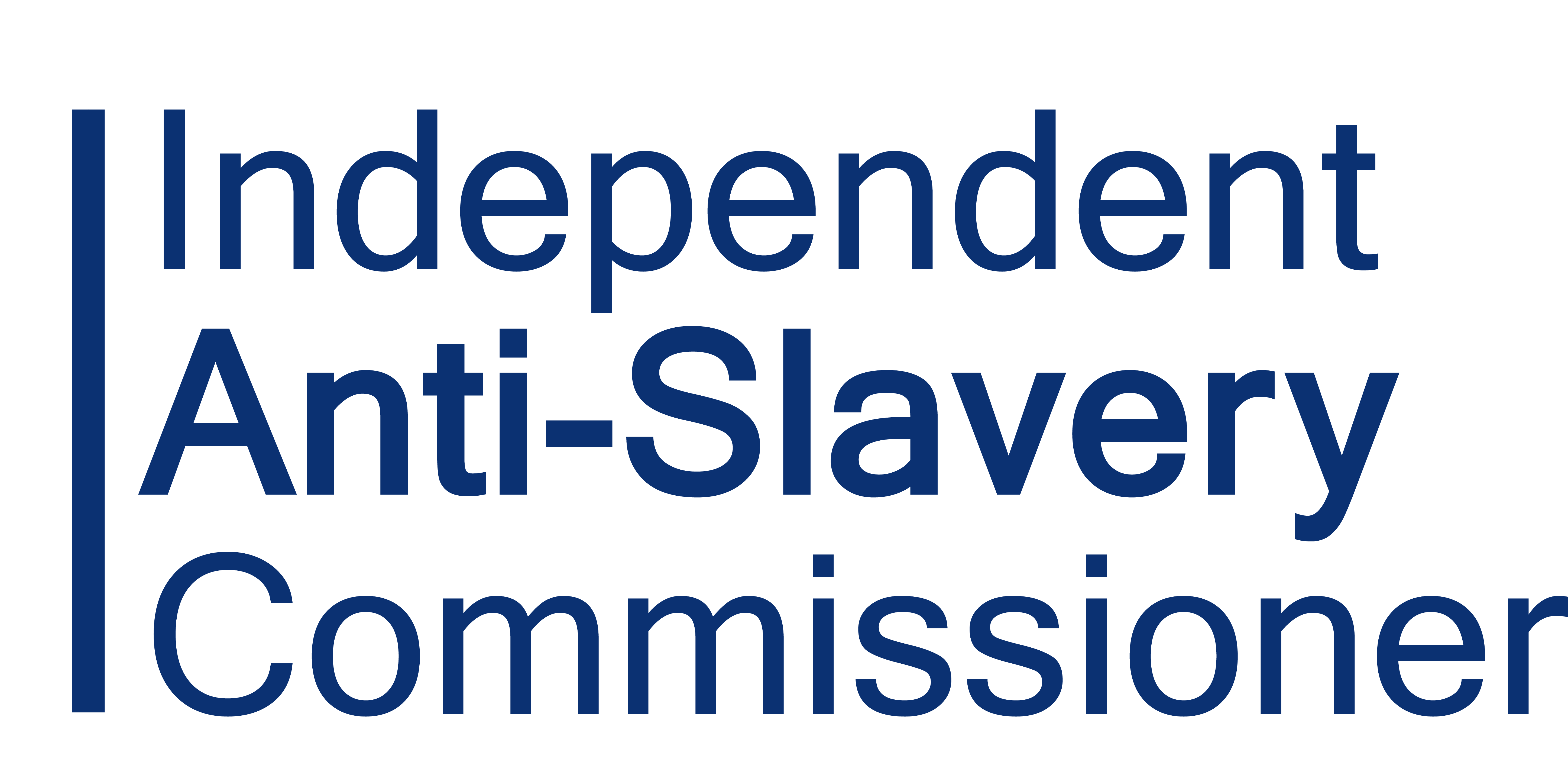Today the UK, in partnership with Italy, welcomes delegations from around the world to Glasgow for the 26th UN Climate Change Conference of the Parties (COP26). The summit is the culmination of months of discussion, with world leaders and national negotiators coming together to agree decisive action in the global fight against climate change. Against the backdrop of a global pandemic which has exposed deep-rooted inequalities and hit vulnerable communities the hardest, the summit is of even greater significance. We know that climate change is taking the largest toll on poor and vulnerable communities. But what strikes me as Independent Anti-Slavery Commissioner is the complex relationship between climate change, the transition to a green economy, and modern slavery.
Recent research has illustrated the huge overlap between environmental issues, particularly climate change, and modern slavery. Climate change is recognised as a driver of migration, particularly people migrating internally within their own countries[1]. But a report published in September by Anti-Slavery International and the Institute for Environmental Development is among the first to outline the critical links between climate-induced migration and modern slavery[2]. Climate change exacerbates vulnerability to modern slavery, but slavery is also connected to unsustainable production. Important research undertaken by the United Nations University found that work to end slavery will help to achieve Sustainable Development Goal 13 (Climate Action)[3].
What we now need to ensure is that social outcomes are at the forefront of the fight against climate change. The science dictates that to keep the planet’s temperature under control, we need to be producing less carbon than we remove from the atmosphere – this is achieving ‘net zero'[4]. This requires a transition to clean energy technologies, which are reliant on critical minerals such as nickel and cobalt. The International Energy Agency has reported the significant increase in demand for these materials implied as a result. A good example of this is electric vehicles, which are reported to use about six times more minerals than conventional vehicles[5].
In some countries with huge mineral reserves, mining is linked to violence, conflict and human rights abuses, including exploitative labour practices. The Democratic Republic of Congo (DRC), for example, supplies more than half of the world’s cobalt. In 2018 the Institute for Sustainable Development highlighted the need to examine mineral supply chains to understand whether this increased demand had the potential to make existing issues worse, and what could be done about it[6]. These supply chains pose a high risk for modern slavery. We can see from the increased demand in some sectors and closure of businesses in others, as a result of the pandemic, how shifts in supply chain dynamics dramatically exacerbate risks.
Environmental and social issues need not be in competition with each other. A just transition, harmonising climate action and social outcomes, is essential.
[1] Groundswell: Preparing for internal Climate Change, World Bank Group
[2] Climate-induced migration and modern slavery, International Institute for Environment and Development
[3] The Report, Developing Freedom
[5] The Role of Critical Minerals in Clean Energy Transitions, World Energy Outlook Special Report
[6] Green Conflict Minerals, International Institute for Sustainable Development
